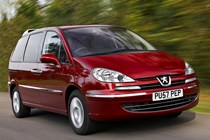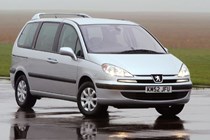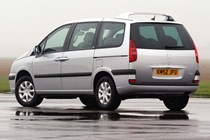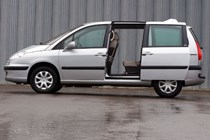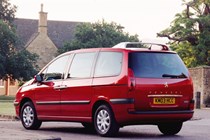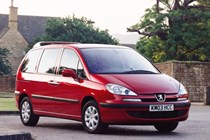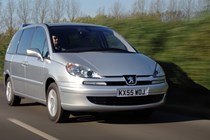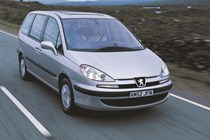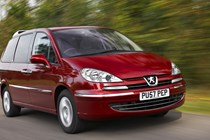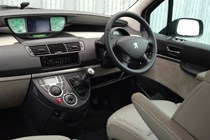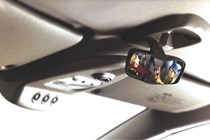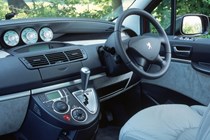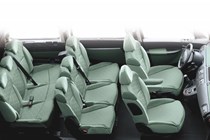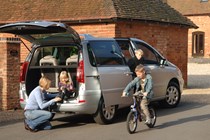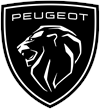
Peugeot 807 Estate (2002-2010) engines, drive and performance
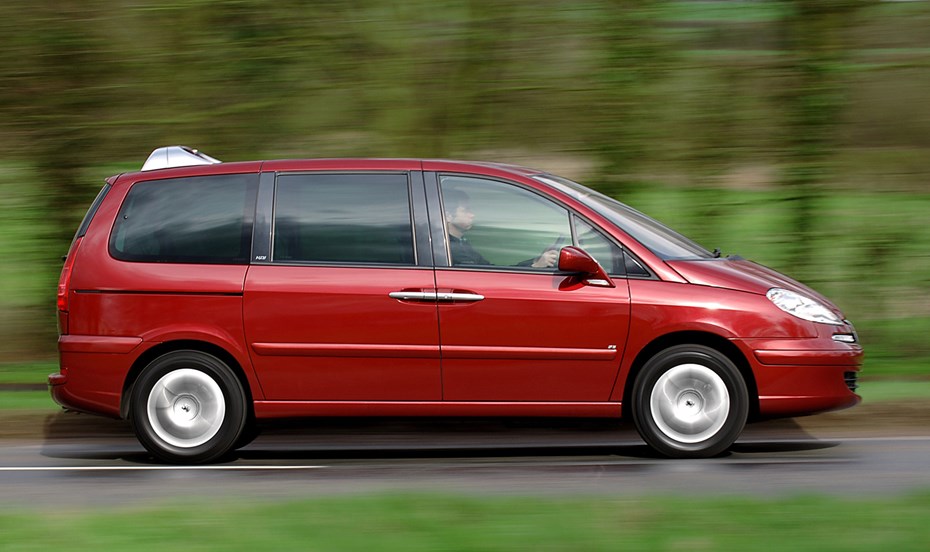
The 807 is available with four engines – two petrols and two diesels. The cheapest model is the 2.0-litre petrol, originally with 138bhp, but it often has to be worked hard, especially when the car is fully loaded up, while economy is only 31mpg. High CO2 means it’s expensive to tax too. This engine was replaced by a more powerful 143bhp 2.0-litre in November 2005 but economy stays the same.
It’s noticeably better, but still lacks pulling power. The other petrol is a 2.2-litre with 160bhp which feels more sprightly but economy is even worse at 29mpg. It was dropped from the line-up in 2006. Unsurprisingly, most buyers choose one of the diesels. The 2.0 HDi originally had just 109bhp and felt sluggish, but it was replaced by a newer 120bhp engine in May 2006.
This has better low down grunt too and although a 0-62mph time of 12.9 seconds doesn’t sound quick, it’s more relaxing to drive, and returns 41mpg. There’s also a 2.0-litre HDi with 136bhp which is more refined and manages 0-62mph in 11.4 seconds. Top of the range is a 2.2-litre HDi which originally had 130bhp but later was replaced by a 170bhp version in January 2008.
This more powerful engine is very impressive and offers plenty of pulling power making it ideal for long distance driving.
The 807 rarely really feels as big as it is, with nicely weighted steering and limited body roll considering the cars height. However it can wallow a little when pushed hard and doesn’t feel as surefooted as modern alternatives. But as a long distance cruiser it’s more than capable with excellent ride comfort that’s only shown up by particularly poor surfaces and bumps at lower speeds.
The brakes work well for such a heavy vehicle and from November 2004 all models were fitted with electronic stability control, giving added security in slippery conditions.


